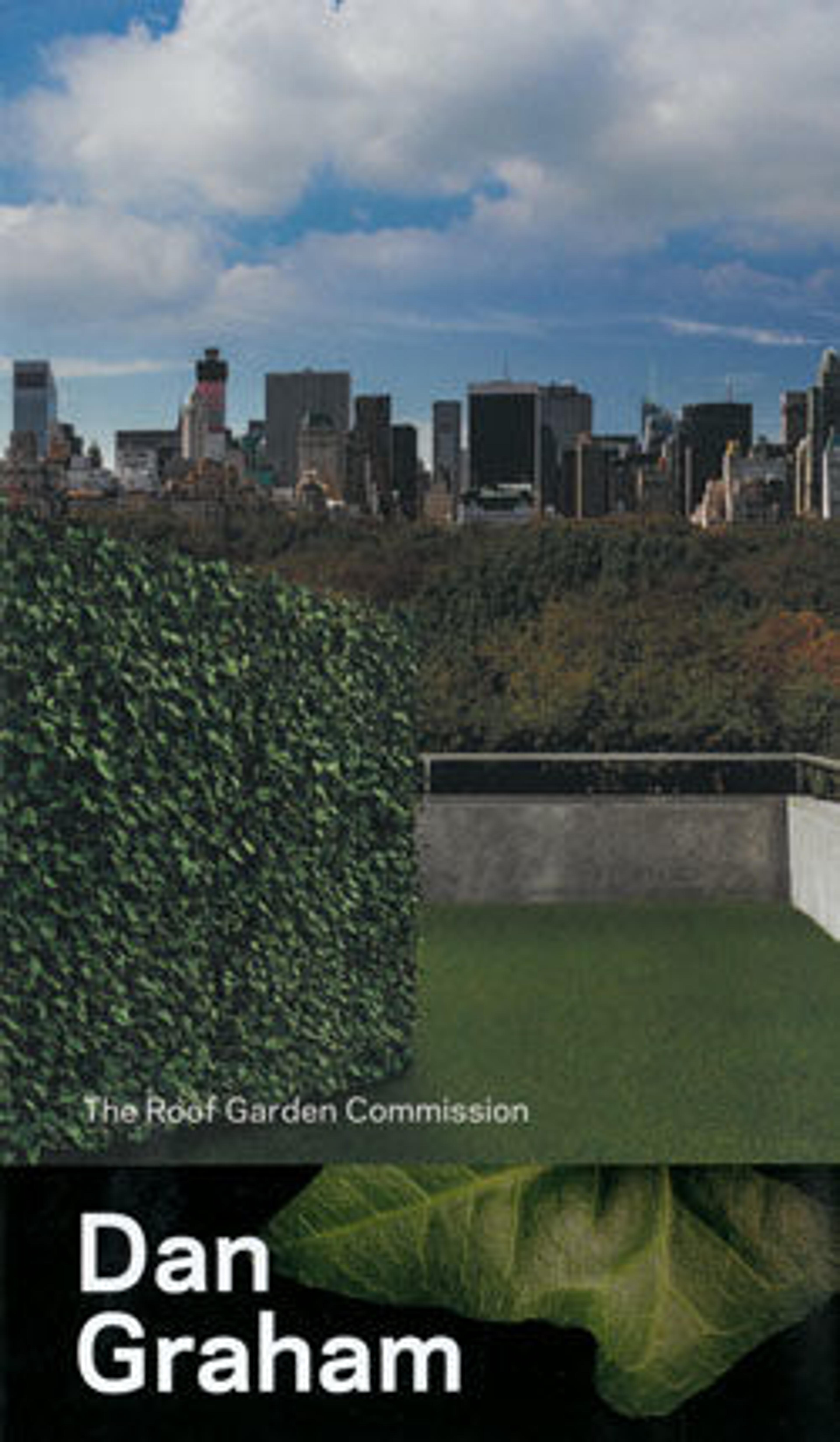View of the Queen's Theatre from the Rotunda at Stowe, Buckinghamshire
This washed ink drawing shows elegantly dressed members of the English aristocracy walking through Stowe garden (Buckinghamshire), admiring one of its numerous classical buildings. The drawing forms part of a series made by the French topographical draftsman Jacques Rigaud (1681–1754), published in print form in Stowe Gardens in Buckinghamshire, London, 1739. Charles Bridgeman (died 1738) was the main landscape architect of this transitional period from formal gardening to informal landscape design. He worked at Stowe from 1715 to 1726, collaborating with the architect Sir John Vanbrugh (1664–1726), close friend of the owner Richard Temple, first viscount Cobham. Proud of his work, in 1733 Bridgeman asked Rigaud to come to England to create a detailed record of the estate, the widespread publication of which instantly made Stowe into England's most influential landscape garden. Rigaud's drawings give a good impression of the semi-natural layout typical for early landscape design, still carefully balancing wild pasture with traditional geometrical sections. Stowe underwent various subsequent transformations, the final phase of which still forms the basis of today's park.
Artwork Details
- Title: View of the Queen's Theatre from the Rotunda at Stowe, Buckinghamshire
- Artist: Jacques Rigaud (French, Marseilles 1681–1754 Paris)
- Date: 1733–34
- Medium: Pen and ink, brush and wash
- Dimensions: 11 5/8 x 19 1/2 in. (29.5 x 49.5 cm.)
- Classification: Drawings
- Credit Line: Harris Brisbane Dick Fund, 1942
- Object Number: 42.79(7)
- Curatorial Department: Drawings and Prints
More Artwork
Research Resources
The Met provides unparalleled resources for research and welcomes an international community of students and scholars. The Met's Open Access API is where creators and researchers can connect to the The Met collection. Open Access data and public domain images are available for unrestricted commercial and noncommercial use without permission or fee.
To request images under copyright and other restrictions, please use this Image Request form.
Feedback
We continue to research and examine historical and cultural context for objects in The Met collection. If you have comments or questions about this object record, please contact us using the form below. The Museum looks forward to receiving your comments.
